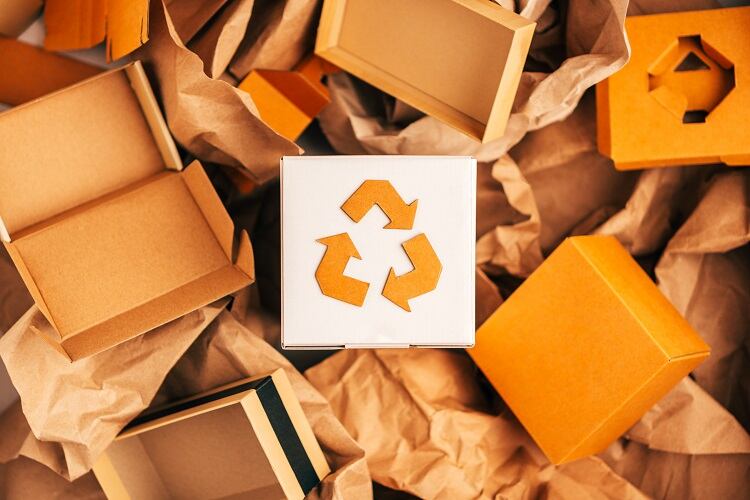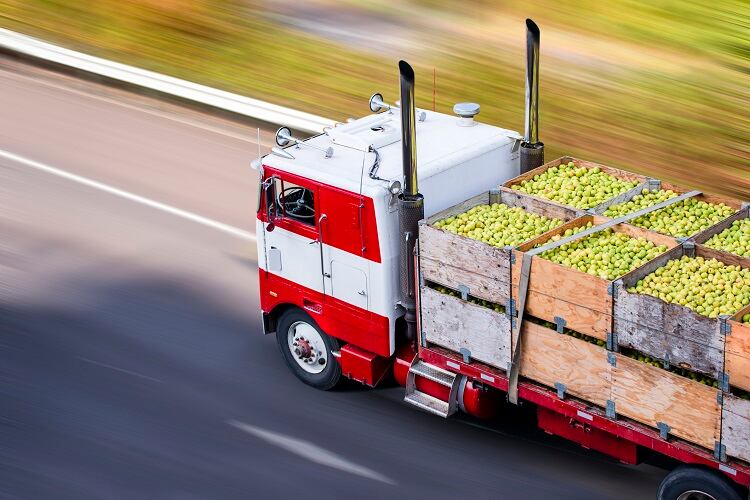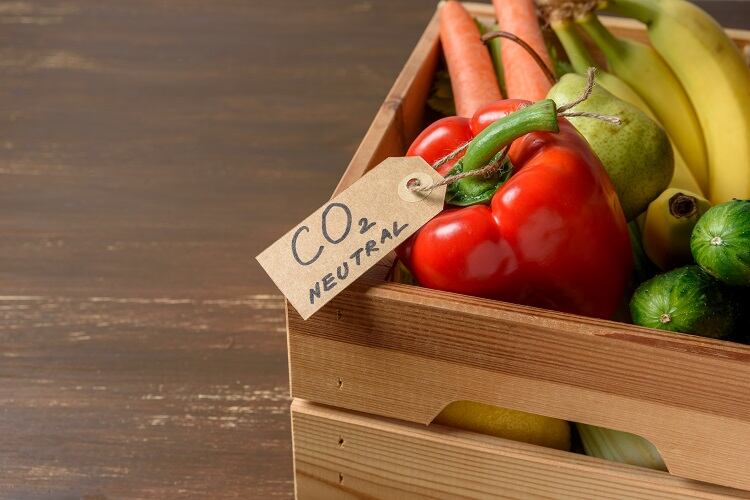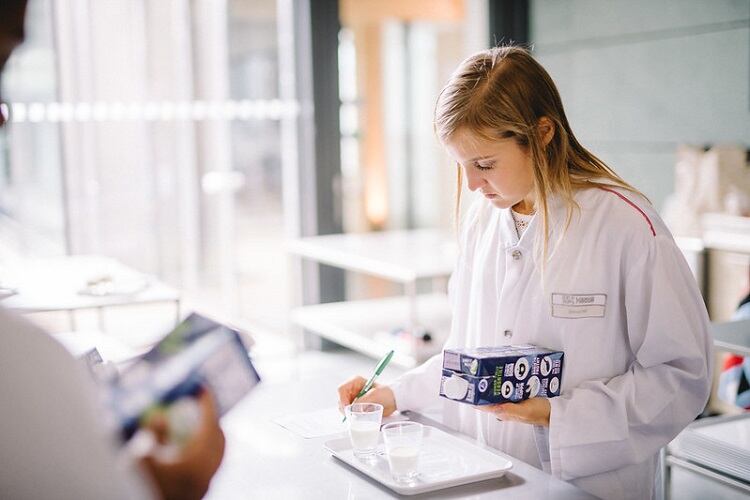The Carbon Trust works with governments, investors, businesses and organisations to accelerate the delivery of sustainable, low carbon economies.
In recent years, it has observed growing demand for its services within food and beverage. To date, the Carbon Trust has partnered with big name brands Quorn, Tetra Pak, Danone, and British Sugar to measure and help mitigate emissions.
So how does the organisation calculate food and beverage products’ climate impact? What role does it play in advancing climate neutrality, and which key challenges do brands face in getting there?
Significant uptick in footprinting demand
“There has definitely been a significant rise in demand for product footprinting,” Tom Cumberlege, associate director at the Carbon Trust, told FoodNavigator. “This is driven by companies that are seeking to be able to provide information to their customers, or via companies that are seeking to differentiate their products with consumers.”
Other drivers are also contributing to an uptick in footprinting and carbon reduction targets. Great corporate interest in climate action is one, the associate director explained. “Both the Paris Agreement and formation of the Science Based Target Initiative (SBTI) in 2015 ensured carbon became a key concern for all leading businesses.
“Now we are seeing a growing number of national targets for net zero emissions and increasing corporate ambition around net zero.”
The Carbon Trust has also observed an uptick in demand from a consumer perspective. Having commissioned YouGov to conduct annual research on consumer attitudes towards product carbon labelling, the organisation noted that two-thirds of consumers surveyed in France, Germany, Italy, Spain, Sweden, the Netherlands, the UK and US are supportive of product carbon labels.
“The same proportion are more likely to think positively about a brand that can demonstrate it has lowered the carbon footprint of its products,” said Cumberlege.

Further, companies are under increased pressure from investors. “Calls for increasing levels of climate risk analysis at board level are raising the importance of carbon in terms of both corporate strategy and investment finance allocation.”
And finally, the process is becoming less onerous for companies, Cumberlege explained. There is much more good quality information available that allows for the assessment of carbon footprints, compared to 10 years ago.
“Companies are using life cycle assessment (LCA) as part of their everyday business practice and approaches to footprinting have developed, so that it can be done faster and with fewer inputs, but still give sufficiently accurate results to be meaningful and useful.”
Calculating F&B emissions
So how does the Carbon Trust measure a company’s carbon footprint? It depends on the measurement boundary, according to the associate director, who explained the Carbon Trust can help measure emissions under a company’s direct control (Scope 1 and 2), as well as indirect emissions in its value chain (Scope 3).
To measure a company’s footprint, the organisation certifies that they have been measured in accordance with the Greenhouse Gas (GHG) Protocol’s corporate and value chain standards (for Scope 1, 2, and 3 emissions).

To measure a product’s footprint, the Carbon Trust certifies that it has been measured in accordance with internationally recognised standards: either PAS 2050, published in October 2008 and revised in 2011; ISO 14067; or GHG Protocol Life Cycle Accounting and Reporting Standard.
“All three are applicable to a wide range of goods and services, and cover the scope of analysis, collating data and calculating GHG emissions,” Cumberlege explained.
“They all use a similar methodology, so this provides some consistency in the market, provided companies are certifying their product carbon footprints to one of these standards.”
A product's carbon footprint is the total sum of GHG emissions produced through a product’s lifecycle, including production, distribution, use and disposal. It includes extraction and production of materials, transportation or raw materials, production or service provision, distribution, product use, and disposal/recycling.
“At each stage, the analysis should include GHG emissions resulting from any material inputs to, or outputs from, the process,” Cumberlege explained. “Commonly, these include energy use, transportation fuel, and direct gas emissions such as refrigerant losses from air conditioning units and waste.”

The Carbon Trust encourages businesses to measure Scope 3 emissions, which includes indirect emissions from their supply chain, logistics, and use of products.
“Scope 3 can represent 60-90% of the total value chain (combined Scope 1, 2 and 3) emissions. By not measuring Scope 3 emissions, therefore, a company may well be overlooking the majority of carbon in its carbon footprint,” the associate director told this publication.
Spotlight on carbon neutrality: ‘Purchasing offsets should be the last remaining option’
Essentially, a carbon neutral footprint is one where the sum of the GHG emissions produced is offset by natural carbon sinks and/or carbon credits.
The Carbon Trust has worked with a number of F&B brands to help them achieve carbon neutrality. By using the internationally recognised standard PAS 2060 – which sets out requirements for quantification, reduction, and offsetting of GHG emissions, the organisation has certified Danone’s evian and Volvic brands, Flor de Caña rum, Lindeman’s wine, and Nestlé’s new pea-based alt milk Wunda.
According to Cumberlege, the main considerations for any neutrality claims must include the footprint boundary – e.g. what emissions an organisation is seeking to compensate and claim neutrality – and whether the organisation in question has set a clear reduction strategy.
“Compensating emissions by purchasing offsets should be the last remaining option for an organisation. The main focus should always be on reduction efforts.
“For products using offsetting as a means of compensation, a commitment to year on year emissions reduction evidenced in a plan demonstrating how the reduction commitments will be met is necessary to becoming certified,” he added.
The Carbon Trust only recognises Gold Standard, VCS and UK Woodland Carbon Code credits for offsetting.
Challenges in achieving carbon neutrality
Concerning key challenges facing F&B brands looking to achieve carbon neutrality, Cumberlege said it once again depends on the boundary of the footprint claim.
“For an organisation that has a range of diverse products with different supply chains, choosing a single product category to become carbon neutral will be an easier task.”
The challenges will also be quite different depending on where the company is positioned in the food and beverage industry, he explained. “For example, packaging for beverage companies represents a far higher carbon impact than it will for some food companies, where the majority of the impact is still on farm; this is particularly the case with livestock footprinting.
“For the food processing sector, the focus needs to be on efficient farming practices and then potentially using procurement to incentivise lower-intensity raw materials.”
One of the main challenges facing organisations will be collaborating with their suppliers, collecting supplier-specific data and tracking the impact of efforts to reduce emissions. Another significant challenge, the associate director continued, is the financing of reduction efforts in the supply chain.
“Who takes on responsibility here – the retailer, the food and beverage company, the farmer? And what role will the public sector take to incentivise changes?”





